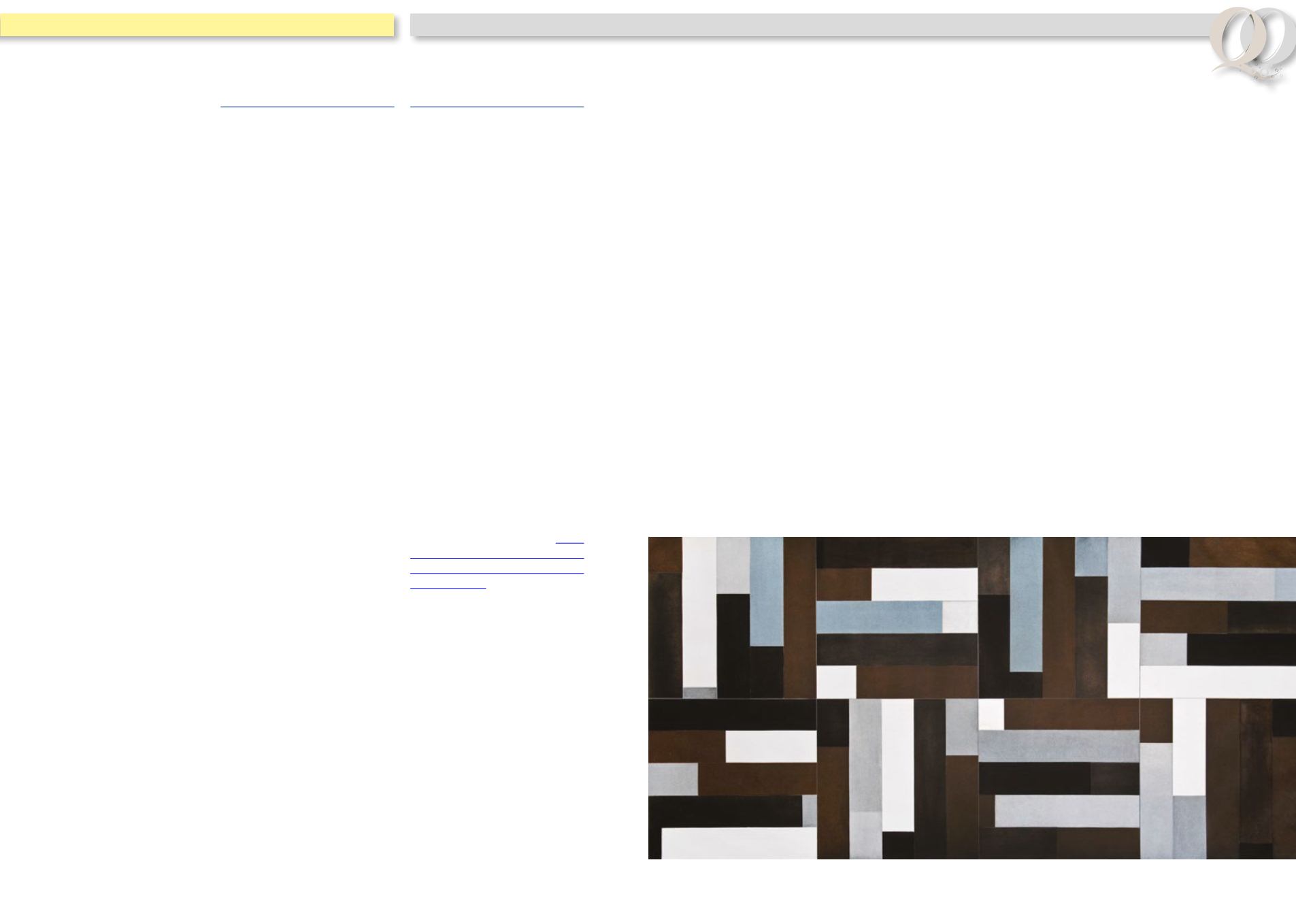
36
37
ORIENTAMENTO
QUADERNI DI
ORIENTAMENTO 49
BIBLIOGRAFIA
Binu Mariam Thomas, Dr. Srikanta
Swamy
,
Brain Based teaching Appro-
ach – A New Paradigm of Teaching
,
International Journal of Education and
Pschological Reasearch, Volume 3, Issue
2, June 2014.
Carletti A., Varani A
.,
Didattica costrut-
tivista. Dalle teorie alla pratica in classe
,
edizioni Erickson, 2005.
Coffield, F., Moseley, D., Hall, E., &
Ecclestone, K
. (2004)
Learning styles
and pedagogy in post-16 learning: A
systematic and critical review
, (Report
No. 041543). London: Learning and Skills
Research Centre.
Connell J. Diane
,
The global aspects
of Brain-based Learning
, Educational
Horizons, v88 n1 p 28-39 Fall 2009.
Degen R. J
.,
Brain-Based Learning: The
Neurological Findings About the Human
Brain that Every Teacher Should Know
to be Effective
, globADVANTAGE Center
of Research in International Business
& Strategy, Working Paper n.77/2011.
FerreroM.etal
.,
Neuromyths in education:
Prevalence among Spanish teachers and
an exploration of cross-cultural variation
,
Frontiers in Human Neuroscience, 2016.
Kratzig P. Gregory, Arbuthnott D.
Katherine,
Perceptual Learning Style
and Learning Proficiency: A Test of the
Hypothesis
, Journal of Educational Psy-
chology, Vol. 98, No. 1, 238–246, 2006.
McNeelyC., Blanchard J.
,
The Teen Years
Explained: a guide to healthy adolescent
development
, 2009.
Neuroscience and Education: Issue
and Opportunities
,
.
gov.wales/docs/lear ningwales/
publications/130212neuroscience-and-
educationen.pdf
Sabitzer B., Pasterk S.,
Brain-based Pro-
gramming continued. Effective Teaching
In Programming Courses
, Frontiers in
Education, 2014.
Siegel J. Daniel
,
La mente adolescente
,
Raffaello Cortina Editore, 2014.
Zull J
.,
The art of changing the brain
,
S
tylus Publishing, Virginia, 2002.
note
1
Degen R. J.,
Brain-Based Learning: The
Neurological Findings About the Human
Brain that Every Teacher Should Know
to be Effective
, globADVANTAGE Center
of Research in International Business &
Strategy, Working Paper n. 77/2011.
2
Connell J. D.,
The global aspects of
Brain-based Learning
, Educational Ho-
rizons, v88 n 1 p. 28-39 Fall 2009.
3
Ibidem.
4
Carletti A., Varani A.,
Didattica co-
struttivista. Dalle teorie alla pratica in
classe
, Edizioni Erickson, 2005.
5
Binu Mariam Thomas, Dr. Srikanta
Swamy,
BrainBased teachingApproach–A
New Paradigm of Teaching
, International
Journal of Education and Pschological
Reasearch, Volume 3, Issue 2, June 2014.
6
Zull J.,
The art of changing the brain
,
Stylus Publishing, Virginia, 2002.
7
Per una rassegna dei più famosi neu-
romiti, vedi Ferrero M. et al.,
Neuromyths
in education: Prevalence among Spanish
teachers and an exploration of cross-
cultural variation
, Frontiers in Human
Neuroscience, 2016.
8
Neuroscience and Education: Issue and
Opportunities
, disponibile online:
http://
learning.gov.wales/docs/learningwales/
publications/130212neuroscience-and-
educationen.pdf
9
Coffield, F., Moseley, D., Hall, E., &
Ecclestone, K. (2004)
Learning styles
and pedagogy in post-16 learning: A
systematic and critical review
, (Report
No. 041543). London: Learning and Skills
Research Centre
10
Kratzig P. Gregory, Arbuthnott D.
Katherine,
Perceptual Learning Style
and Learning Proficiency: A Test of the
Hypothesis
, Journal of Educational Psy-
chology, Vol. 98, No. 1, 238–246, 2006
11
vedi nota numero 2
12
Ibidem.
13
Ibidem.
14
Siegel J. Daniel,
Lamente adolescente
,
Raffaello Cortina Editore, 2014.
15
McNeelyC., Blanchard J.,
The Teen Years
Explained: a guide to healthy adolescent
development
, 2009.
16
Sabitzer B., Pasterk S.,
Brain-based
Programming continued. Effective Tea-
ching In Programming Courses
, Frontiers
in Education, 2014.
17
Ibidem.
David Tremlett,
Acquatinta,
“East”,
2012,
mm 1000x2000


